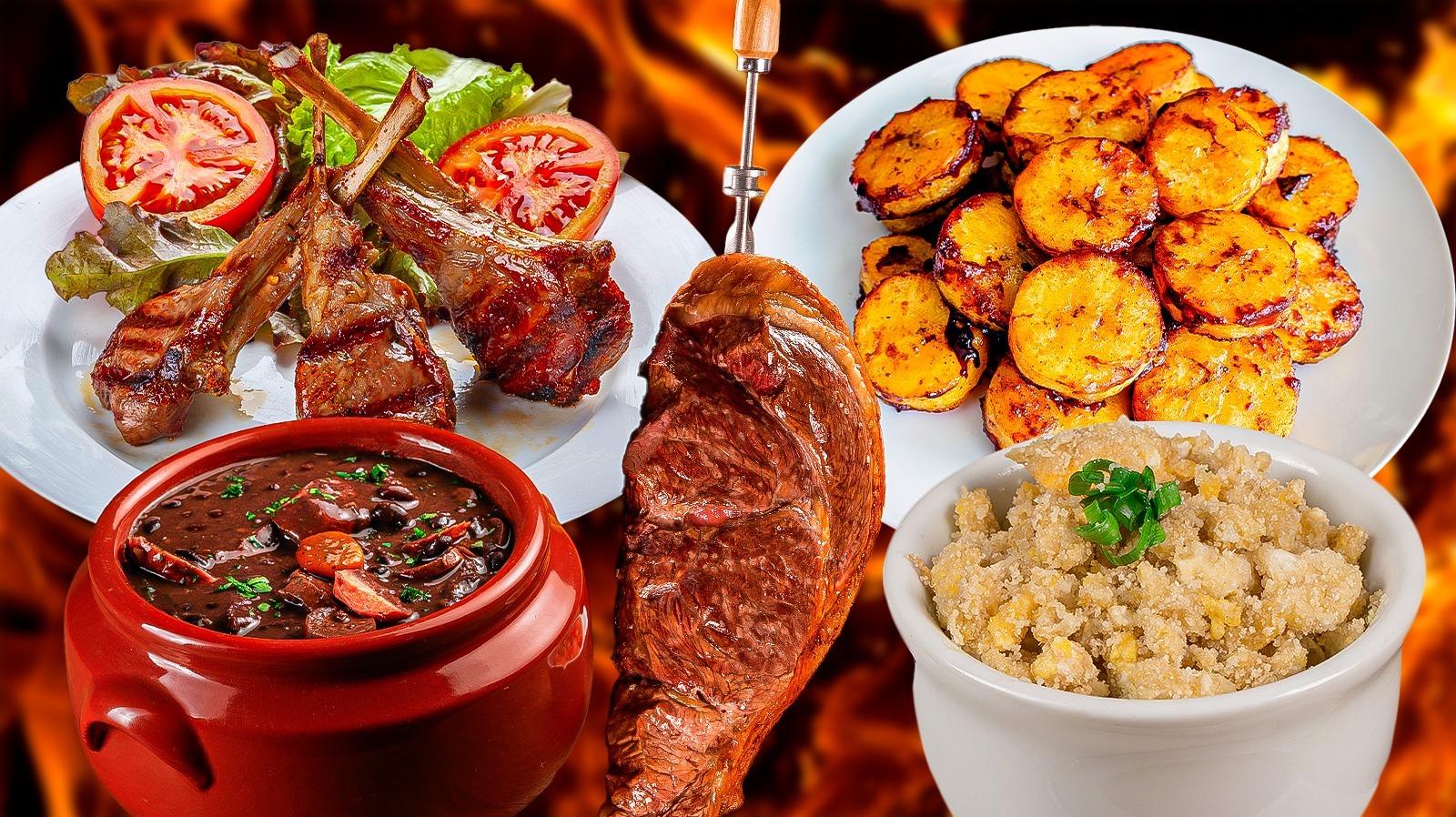
Many cuisines have devised a way to add texture to a dish without requiring expensive or hard-to-find ingredients. For Brazilians, it’s the popular side dish and garnish farofa, used to add texture, salinity, and a pop of umami to beans, grilled meats, and vegetables. And like breadcrumbs, it’s also used as a stuffing for poultry.
Farofa is made with coarse flour from the cassava plant (which in Brazil is referred to as manioc or manioc flour). You may be more familiar with its finely milled cousin, tapioca flour, which is used for baking pão de queijo. Like pão de queijo, farofa is gluten free. The simplest recipe for farofa starts by toasting coarse manioc flour in fat — typically lard or butter — until it takes on a strong, nutty flavor. As the manioc flour toasts in the hot fat, it begins to clump, resembling fine bread crumbs. More complex recipes call for small amounts of smoked or cured meat and, occasionally, offal for a stronger flavor. Other additions, like golden raisins, onions, and olives, jazz up a vegetarian-friendly version of the dish. Though farofa is flavorful, even in its simplicity, its genius lies in its ability to add textural contrast to any dish it garnishes.
